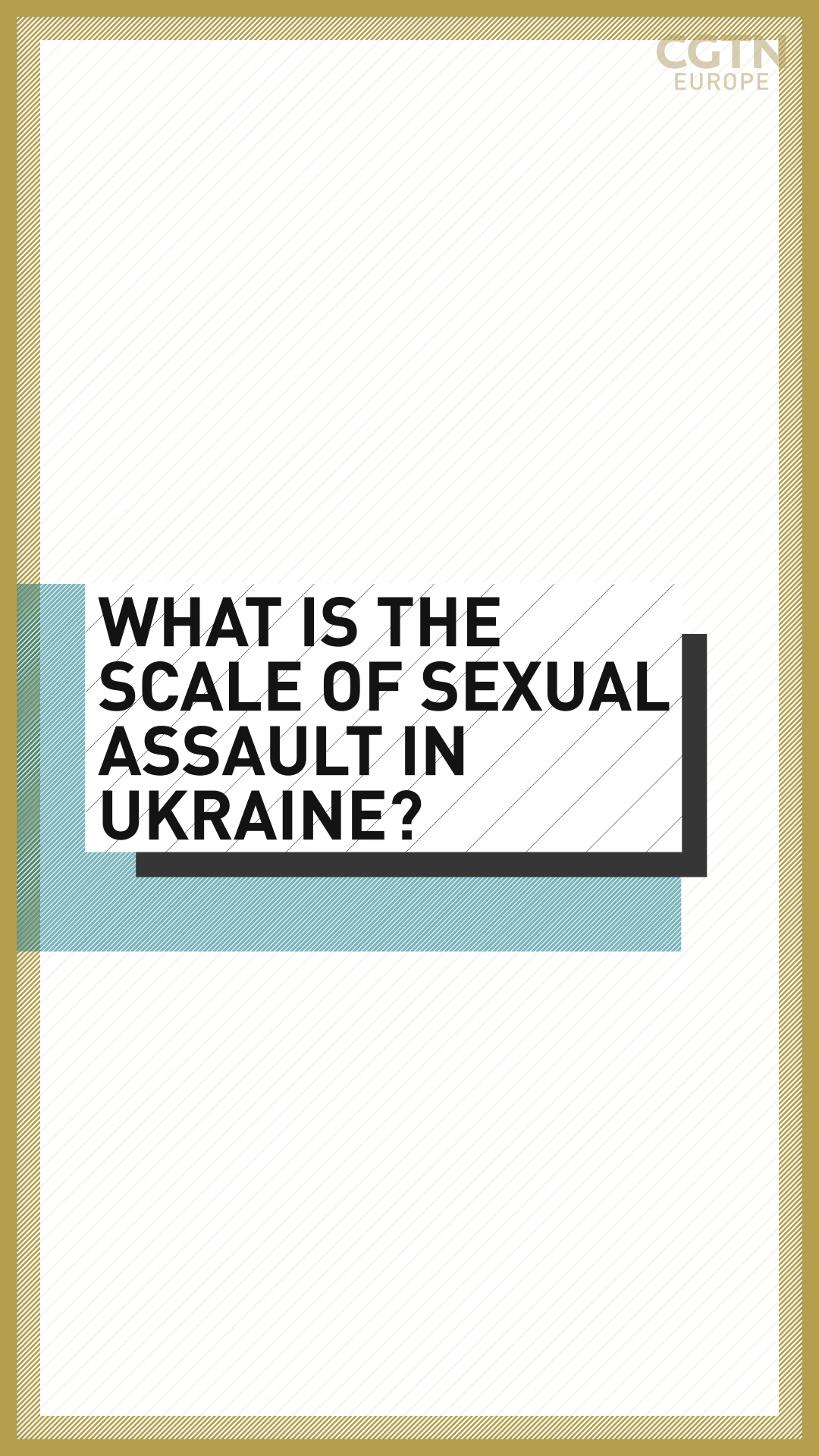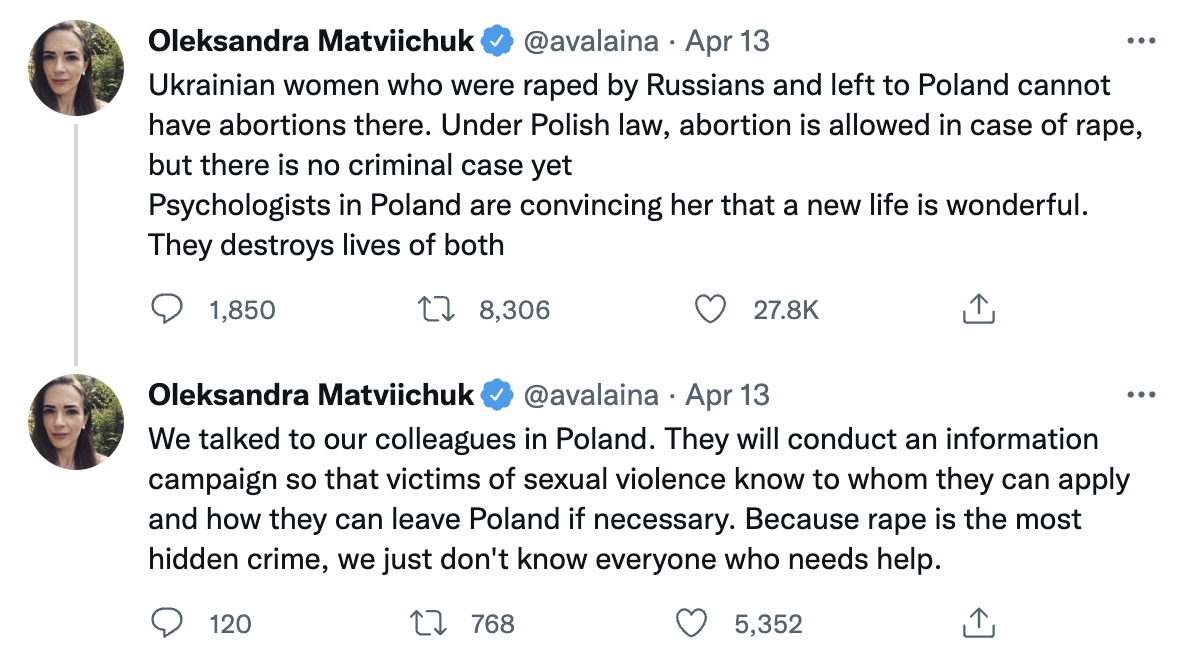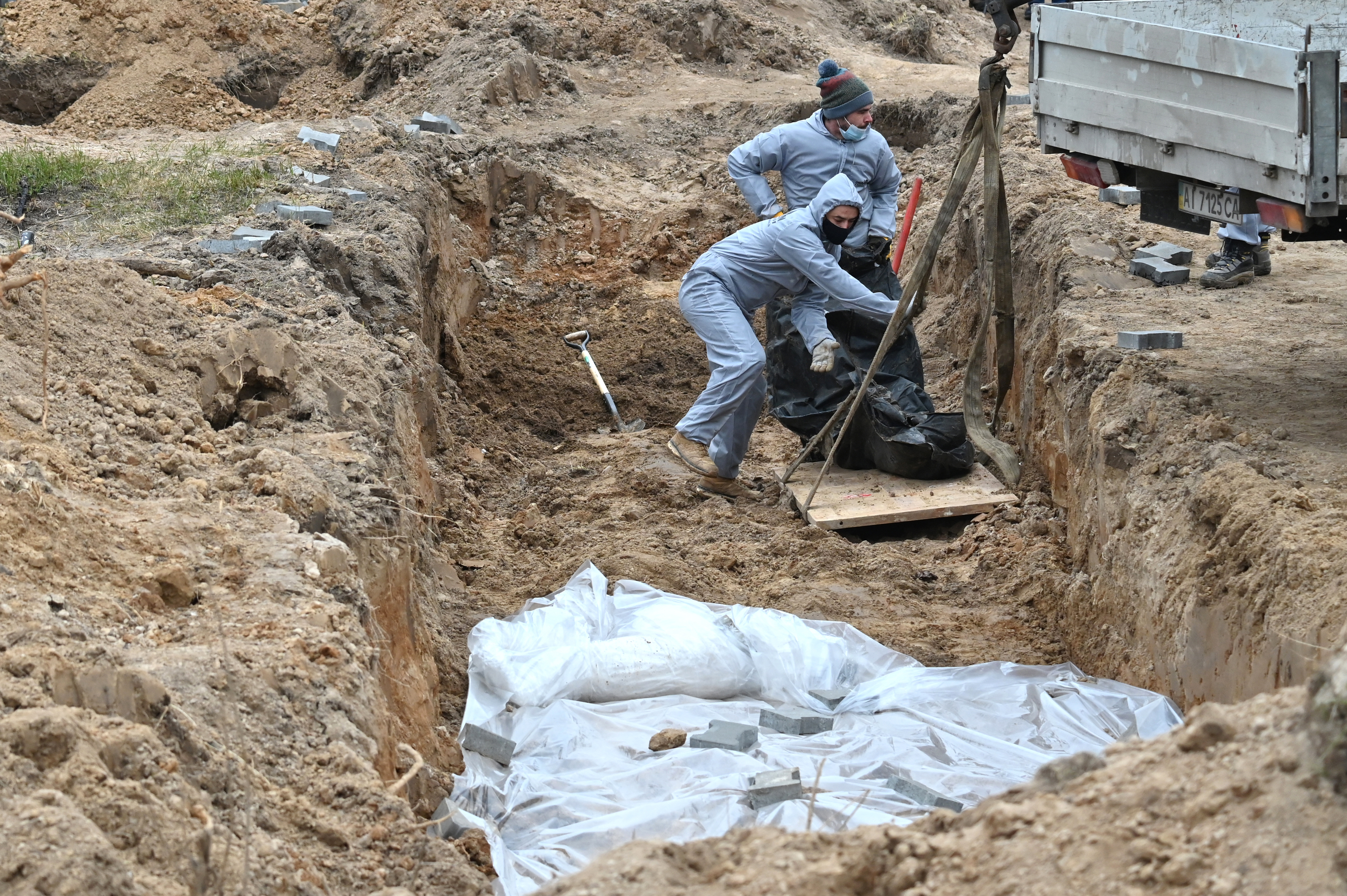Statement on Section Three to the Consultations on Political Declaration on the Use of Explosive Weapons in Populated Areas
Delivered by Steve Goose, Executive Director
Thank you, Mr. Ambassador. I am making this statement on behalf of the
International Network on Explosive Weapons.
The impact and success of the Political Declaration will depend on the strength of Section 3, and in particular paragraph 3.3. Paragraph 3.3 is the core commitment in the declaration, and it must be bold and carefully crafted. This commitment can maximize the power of the declaration to protect civilians from the use of explosive weapons in populated areas.
There are two main changes that need to be made to 3.3. First, the phrase explosive weapons with wide area effects should be reinserted. As noted yesterday, this should be accompanied by language in section 1 of the preamble that when used in populated areas, explosive weapons with wide area effects inevitably and significantly increase the risk of harm to civilians and damage to civilian objects given their concentration in populated areas. The preamble text should also describe factors that produce wide area effects - a wide blast and fragmentation radius, inaccuracy of delivery, the firing of multiple warheads across an area, or a combination of these factors.
The second key change to paragraph 3.3 is to replace “restricting or refraining” with “avoiding”. A commitment to “avoid” use of explosive weapons when they have wide area effects in populated areas would provide clarity and boldness to the core commitment in the declaration and in doing so, help to ensure the strongest protection to civilians. This would reflect recommendations from the United Nations Secretary-General, the ICRC and other field-based humanitarian organizations, and states. A change of mindset is urgently needed, and a commitment to avoid use encompasses an approach of needing to undertake prior assessments and changes to policies to establish a presumption against such use.
This commitment could be further strengthened by suggesting specific assessments that would facilitate and promote a clear understanding and implementation of this commitment, including undertaking prior assessment of the area effects of specific types of explosive weapons and assessments of the specific contexts of use and of the urban environment.
Moreover, the reference to “in accordance with international humanitarian law” should be removed, as the paragraph is a policy commitment under this declaration.
This commitment should also be higher up in this operative section, given its centrality to the declaration and that other commitments such as training stem from this.
"[A]dopt and implement a range of policies and practices to avoid civilian harm, including by avoiding the use of explosive weapons with wide area effects in populated areas, that is when the effects may be expected to extend beyond or occur outside of the military objective, and undertaking prior assessment of the area effects of weapons and the operational context, including both the generic urban environment and the specific context of use.”
In addition to 3.3, a new paragraph 3.4 bis would be vital. While the political declaration recognizes the importance of tracking civilian harm in military operations in the preamble, it does not provide a corresponding commitment to do so in section 3. New text should be inserted, 3.4 bis. Tracking civilian harm in ‘real time’ means tracking the number and rate of civilian casualties to inform how many civilians are being killed and injured, as well as tracking damage to civilian objects. It would also involve assessing whether the situation is improving or getting worse, which can help to shape both operational and policy responses to better protect civilians. Matched with commitments to be transparent over data sharing, and to investigate credible allegations of civilian harm, it can help to provide better protection to civilians and promote compliance with international law. Battle Damage Assessments and Collateral Damage Estimation Methodologies are useful military tools but are not designed as tools to assess humanitarian impacts and have some fundamental limitations.
“Establish capabilities to track, analyse, respond to and learn from incidents of civilian harm, including damage to civilian objects”.
We have brief comments and suggestions for the other paragraphs in Section 3.
3.1 This commitment could be more prescriptive in driving specific actions that would be most effective in protecting civilians from the use of explosive weapons in populated areas by adding “in particular from the use of explosive weapons in populated areas”.
Also, replacing the phrase “with regard to” with “to enhance” would clarify and strengthen the commitments.
This commitment should reference measures and good practices not only during – but also and after - conflict.
“Review, develop, implement, and, where necessary, develop or improve national policy and practice to enhance the protection of civilians during and after armed conflict, in particular from the use of explosive weapons in populated areas.”
3.2 This commitment should ensure training on the declaration itself, rather than international humanitarian law, which is already a legal requirement. It should be focused on the use of explosive weapons in populated areas. And it should be applied both during and after armed conflict.
“Ensure comprehensive training of our armed forces on this Declaration, and on the measures and good practices to be applied during and after the conduct of hostilities in populated areas to protect civilians and civilian objects from the use and impact of explosive weapons”.
3.4 We welcome a commitment that focuses on addressing the reverberating effects of explosive weapon use, which are considerable. The commitment could be strengthened further by clearly stating that armed forces should specifically assess and take steps to mitigate the different foreseeable effects rather than simply taking them into account. It should delete the clause regarding battle damage assessments, which, as already noted, focus on the military effectiveness rather than the civilian impact of military operations.
“Assess and take steps to mitigate the direct and reverberating effects on civilians and civilian objects which can reasonably be foreseen in the planning of military operations and the execution of attacks in populated areas.”
3.5 This commitment should include references to risk education, and should replace explosive remnants of war with explosive ordnance, a broader term.
“Ensure the marking, clearance, and removal or destruction of explosive ordnance as soon as possible after the end of active hostilities, and the provision of risk education.”
3.6 This commitment should focus on dissemination and understandings of the operative commitments in this political declaration, rather than disseminating IHL, which is already a legal obligation.
“Facilitate the dissemination and understanding of this Declaration and promote its respect and implementation by all parties to armed conflict, including by non-State armed groups.”
INEW’s detailed comments and specific language suggestions have already been submitted in writing. Thank you.
























